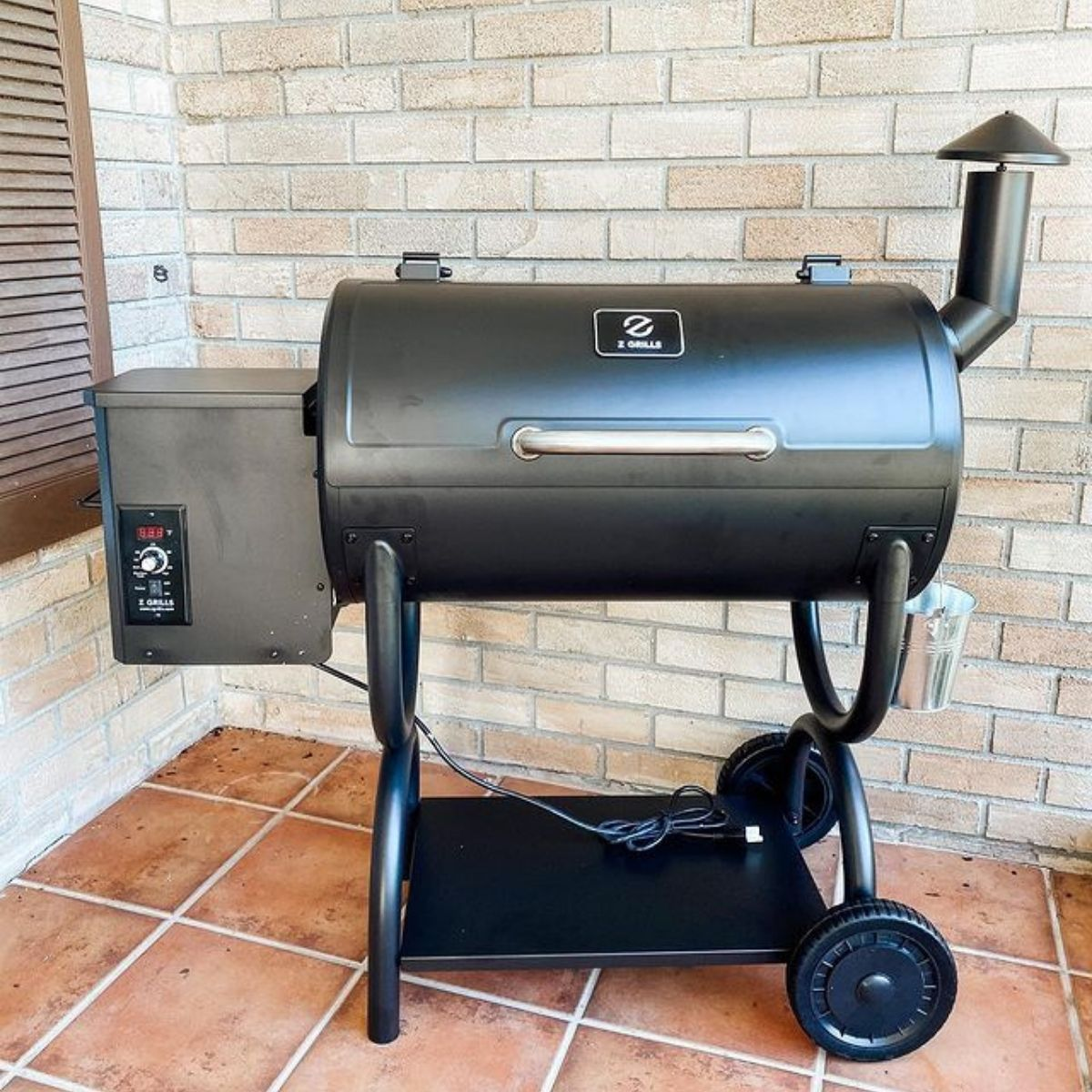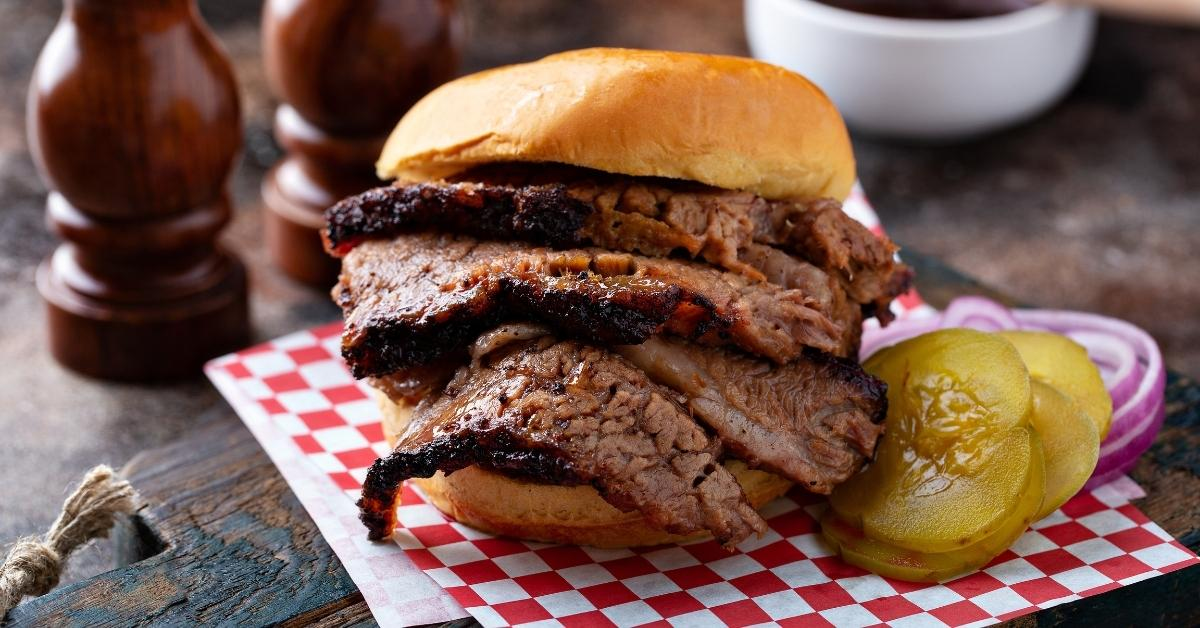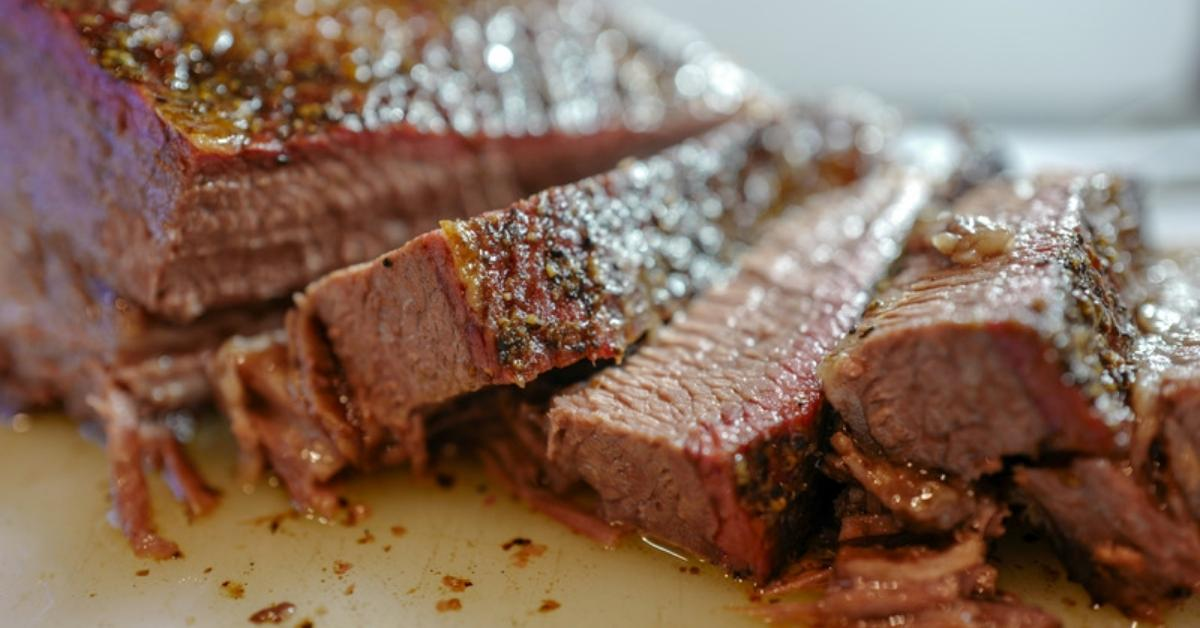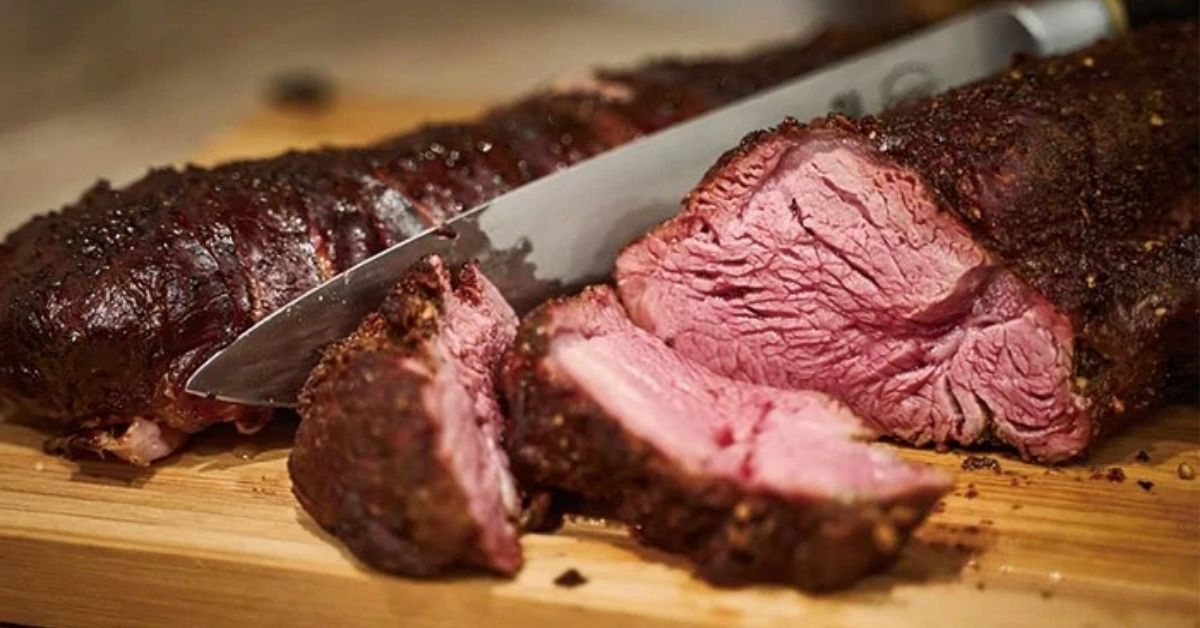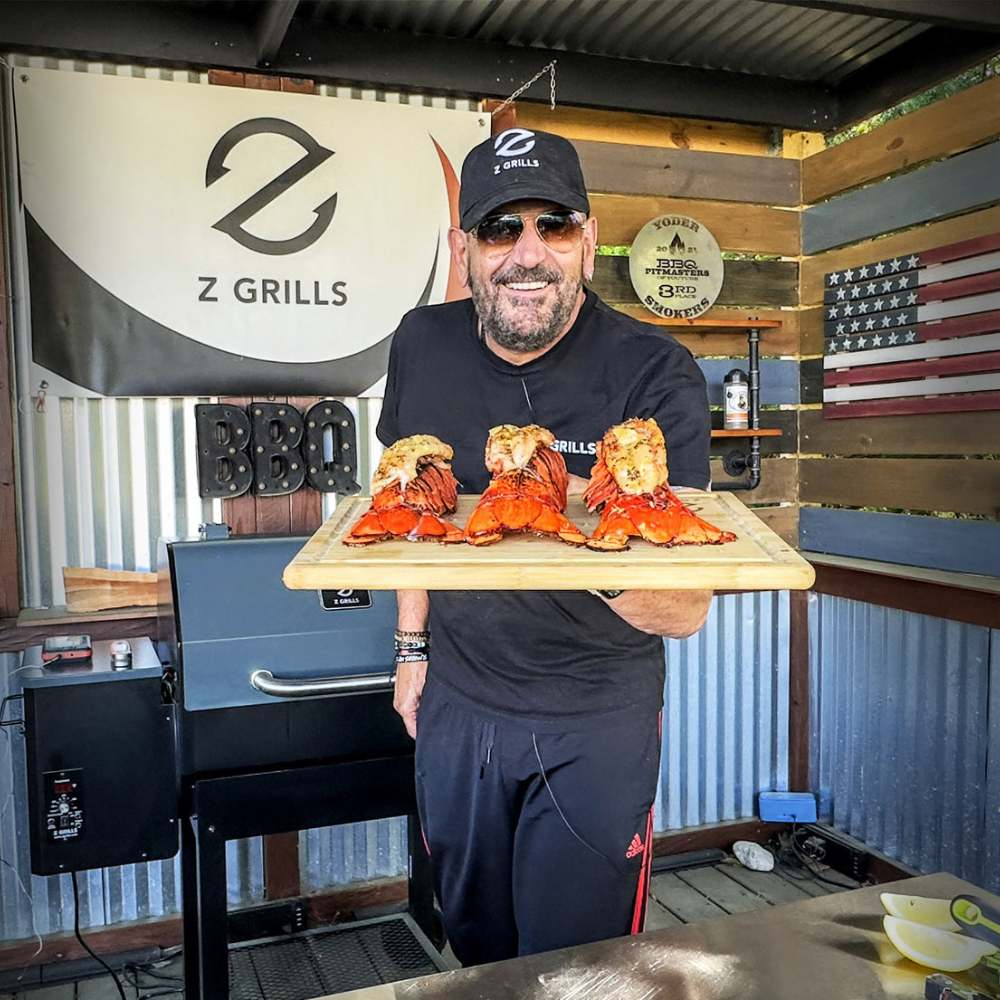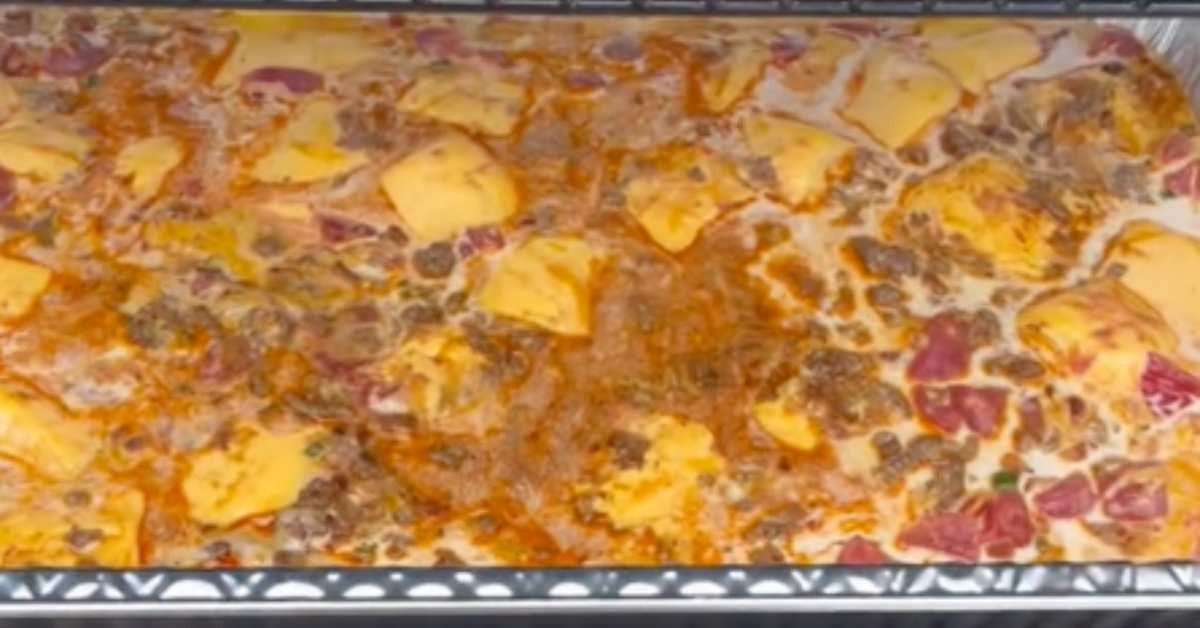All cuts of meat benefit from good preparation and cooking but none more so than a brisket. Cooked too quickly, this reasonably priced piece of beef might still retain flavor but your jaw muscles are sure to get a workout – the word tough doesn’t begin to describe it!
However, when cooked long and slow, brisket can be a culinary masterpiece. It will be mouthwateringly succulent and packed with juicy flavor, the sort of cut you don’t need a knife for.
And a brisket and a pellet grill could have been made for each other. If you haven’t tasted a slow-smoked brisket you should rectify the situation ASAP.
Table of Contents
What is a brisket?
Brisket is a cut of beef that comes from the front of a cow just above the forelegs. It’s the animal’s pecs and is a muscle that is worked hard, hence the inherent toughness.
Well exercised muscle contains lots of connective tissue and the collagen needs a lot of gentle cooking to be broken down. But that’s why it is such a flavorsome piece of meat.
What are the different cuts of brisket?
A full brisket, aka a packer brisket, can be pretty big, somewhere in the 10 to 14-pound mark (4 ½ to nearly 6 ½ kilograms) or even more. For this reason, the two muscles that make up a brisket are often broken down into individual cuts:
- the thinner part, known as the flat cut or first cut, and
- the deckle point or second cut
The flat cut is the leaner of the two and makes up about half of a full brisket. As the name implies, it is long and thin with a layer of fat on top and is the muscle nearest the ribs.
The deckle pointcut (sometimes just called the pointcut) is triangular and carries more fat and connective tissue than the flat cut. It’s this marbling that makes this cut so darn tasty. Actually, the deckle of brisket is the layer of fat that attaches the flat to the rib cage and is often not part of a prepared cut – but the names of cuts of meat aren’t always logical!
You won’t often find a full brisket on supermarket shelves, you need to go to a butcher for that. Given the choice, if you want a cut for smoking, always choose the deckle point. That marbling keeps the meat gloriously moist through the cooking process.
Because of the moisture content, a piece of brisket will shrink during the cooking process. As a guide, you want to have about three-quarters of a pound of raw brisket per person.
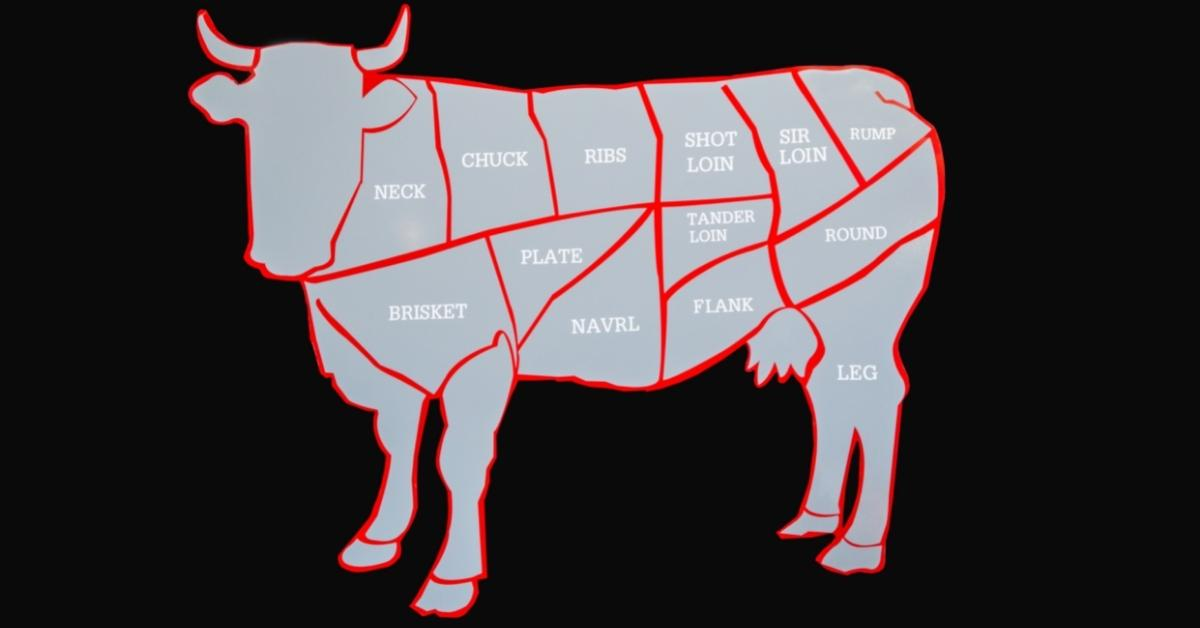
How many hours per pound to smoke a brisket?
The time it takes to smoke your cut of brisket depends on several factors, but size and temperature are the two most important. The bigger the piece of meat and the lower the temperature, the longer it will take.
As a ballpark figure, you are looking at anywhere from one hour per pound to two hours per pound. If you take the temperature up to 300℉ the time will drop to 30 to 45 minutes per pound but that succulence is just not going to be there.
A bigger brisket will take longer per pound than a smaller cut as the heat needs longer to reach the center of the meat. The only sure way to know if the brisket is cooked is its internal temperature. The magic number is 190℉, though this will rise as the meat rests. Any more than 190℉ and you risk the chance of drying out the cut and making it chewy.
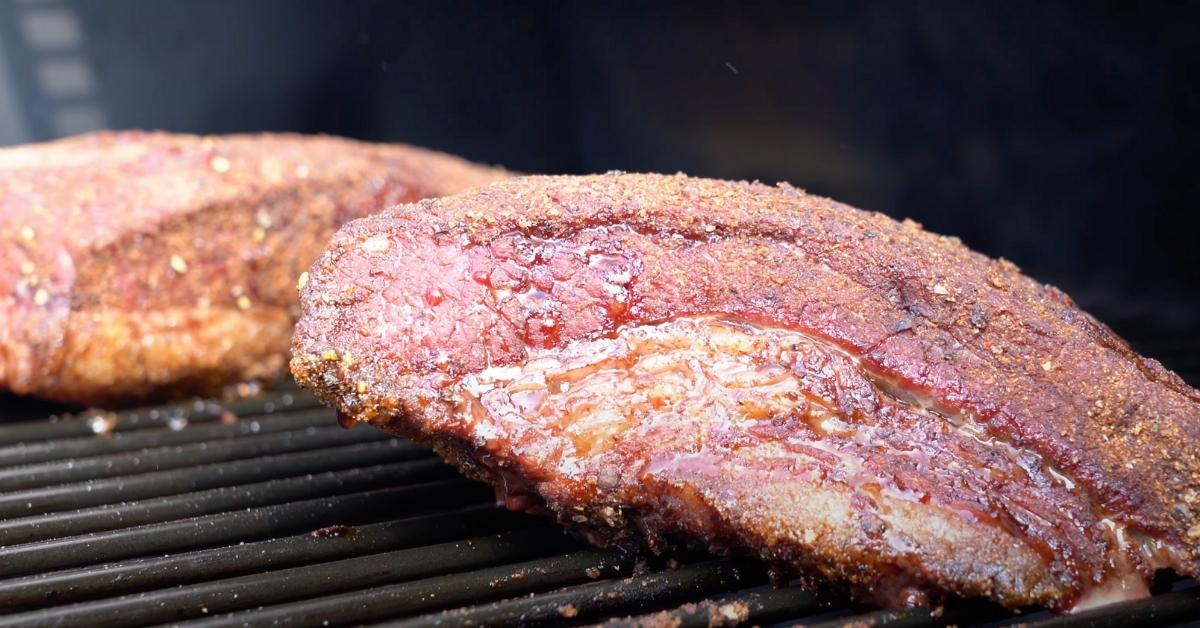
How long do you smoke a brisket at 225F?
225℉ is thought by many to be the ideal cooking temperature for a brisket. At around 1 ½ to 2 hours per pound, a 10lb brisket is going to take between 15 and 20 hours to cook, so you need to plan ahead. Is all the effort worth it? Your mouth will tell you yes. The reason for all the time is that long and slow allows the fat and connective tissue to render and the meat to become soft and tender.
Outdoor conditions may affect the time needed to fully cook a brisket. Particularly, cold weather may make the temperature of your smoker fluctuate so make sure you regularly monitor the temperature so you can make adjustments.
When you monitor the temperature with your heat probe don’t panic if it seems to stick when it gets to 150℉ to 160℉. Referred to as “the stall,” this happens because the moisture inside the cut is drawn to the surface and its evaporation has a cooling effect – just like human perspiration. Wrapping the cut in foil can reduce the stall but you may compromise the forming of a tasty crust on the outside of the brisket. It may be wise to just go with it and program the time into your plans.
When the internal temperature reaches the all-important 190℉ it’s time to remove the beef from the smoker, wrap it in foil and let it rest. All cooked meat should be allowed to rest to retain the juices, and with a big cut like brisket, half an hour is not too much.
You could cook brisket at a lower temperature than 225℉ but there is a chance that while it is cooking harmful bacteria could multiply. The “danger zone” is between 40℉ and 140℉. By setting your grill to 200℉ or above you minimize that period and guarantee food safety.
Is it better to smoke a brisket at 250F?
Raising the cooking temperature to 250℉ will reduce cooking time. Instead of the 1 ½ to 2 hours per pound, you should need between 1 and 1½. That means a 10lb brisket needs 10 to 15 hours in the grill. If you really can’t spare the extra time then 250℉ could be the answer.
250℉ is still low enough to produce tender meat, in fact, some believe that the rendered fat has a better texture than when cooked at a lower temperature. So if 20 hours is out of the question give 250℉ a go, especially if your brisket is good quality. If you want to learn how to smoke a brisket on a pellet grill, check out here.
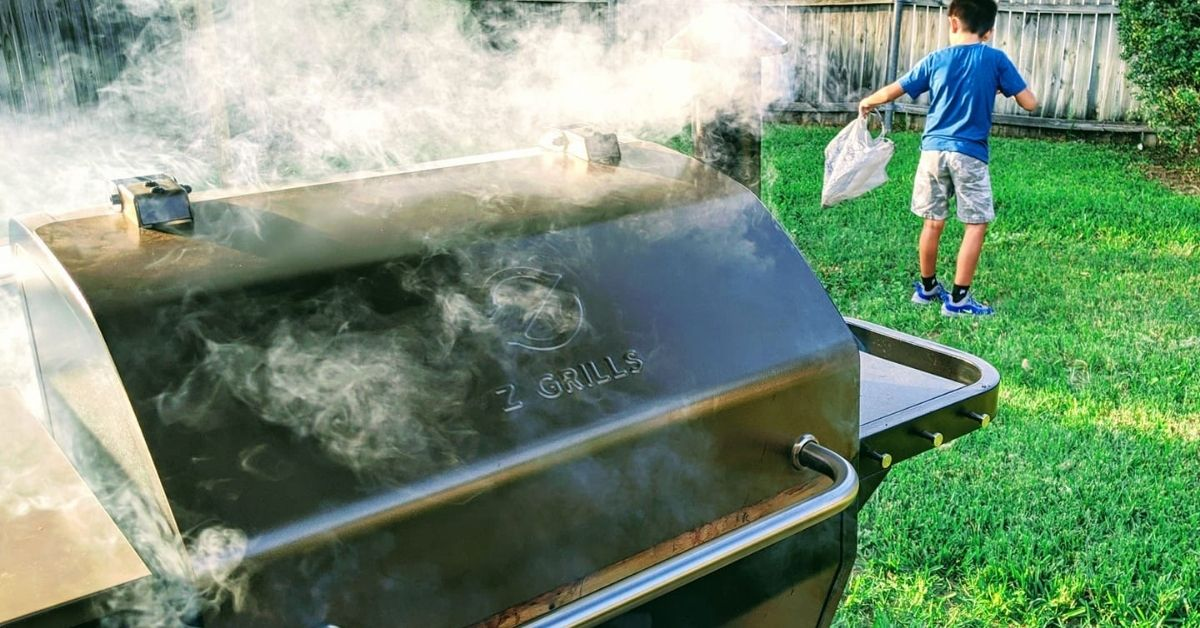
Smoked Brisket Recipe for Pellet Grills
Ingredients
One full brisket (around 14 pounds)
The marinade is made from:
- I cup beef broth
- 1 tbsp whiskey
- 1 tbsp Worcestershire sauce
- 1 tbsp brown sugar or honey
- 1 tbsp soy sauce
- 1 teaspoon garlic powder
- Salt and freshly ground black pepper
A brisket rub for smoking, consisting of:
- 2 tbsp salt
- 2 tbsp freshly ground black pepper
- 1 tbsp garlic powder
¾ cup dill pickle juice
Instuctions:
1. Trim the fat leaving about ¼” on top and remove any silver skin.
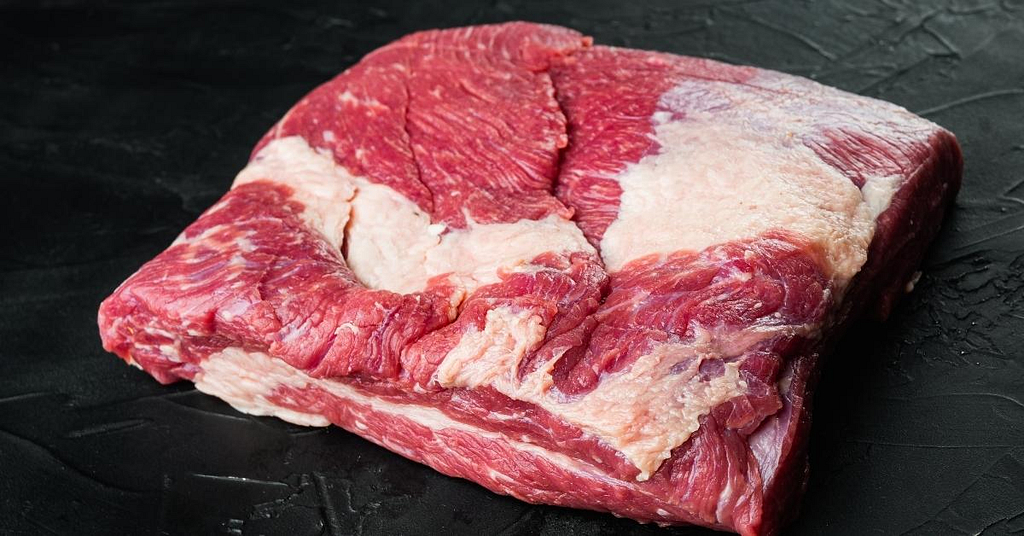
2. Mix the marinade ingredients and stir to dissolve the sugar and salt.
3. Using a kitchen-safe meat injector, inject the marinade into the middle of the cut every 2 inches. Inject slowly and remove the injector when the marinade begins to leak out.
4. Wrap in plastic wrap and refrigerate for 7 to 10 hours.
5. Allow the brisket to come up to room temperature and preheat your grill to 225℉
6. Combine the salt, pepper, and garlic powder for the rub and apply all over the brisket. You can coat it with yellow mustard before adding the rub if you want.
7. With the temperature of the grill stable, place the brisket on the pellet grill with the fat side down, close the lid and cook for 3 hours.
8. Sprinkle with a little pickle juice, increase the heat to 250℉ and cook for another 3 hours.
9. Wrap the brisket in butcher paper or foil – again, you could use a little pickle juice first.
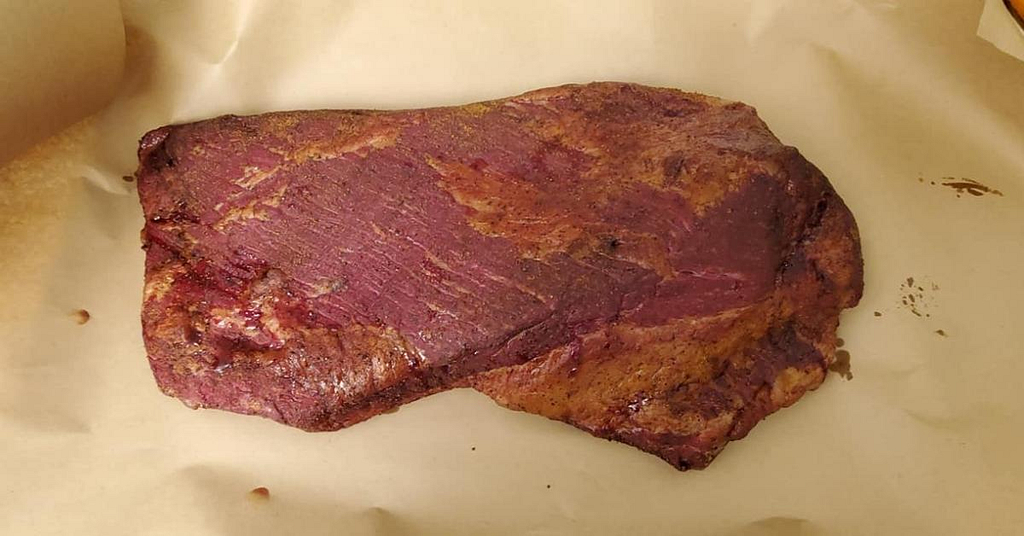
10. Cook for another 7 hours and check the temperature. When the internal temperature reaches 190℉ it is done.
11. Remove the brisket and allow it to rest for a minimum of 30 minutes and an hour or even 2 is not too much.
12. Slice and serve.
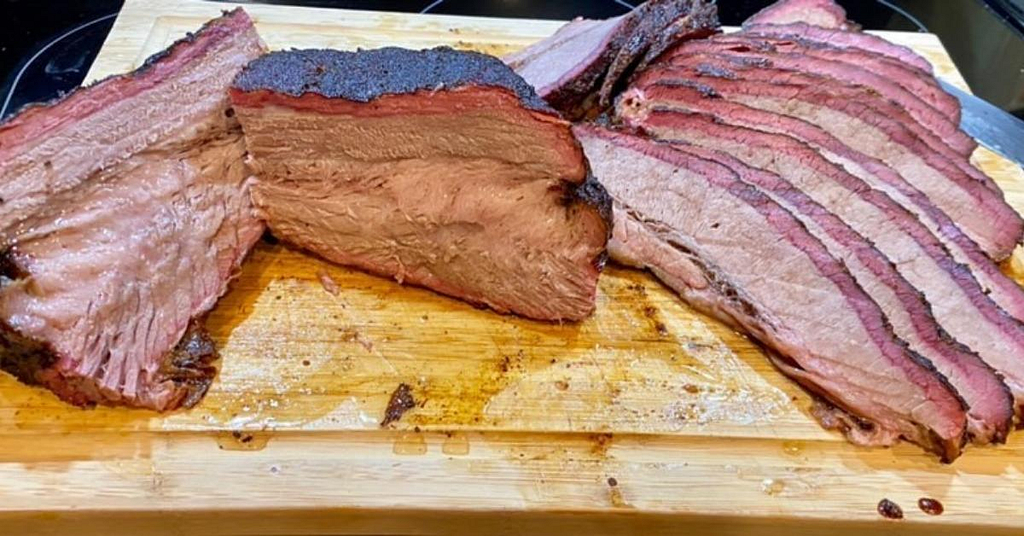
Tips & Tricks for a Delicious Brisket
- Keep the temperature as stable as possible. Keeping the pellet grill out of the wind is a must and using a good quality grill will help. Z Grills pellet grills are well known for their temperature stability.
- Fat up or down? Point the fat at the heat source. On a Z Grills grill that means fat side down. Those who support fat side up say that the fat melts into the meat making it moister and adding flavor. This is a myth. Meat cannot absorb fat, all the melting fat does is wash off some of the rub and reduce flavor.
In fact, the fat insulates the meat from direct heat and allows it to retain moisture. Also, the finished cut will have a better appearance cooked with the fat down. If you have an offset smoker the heat comes from above so in that case, the fat side should be up.
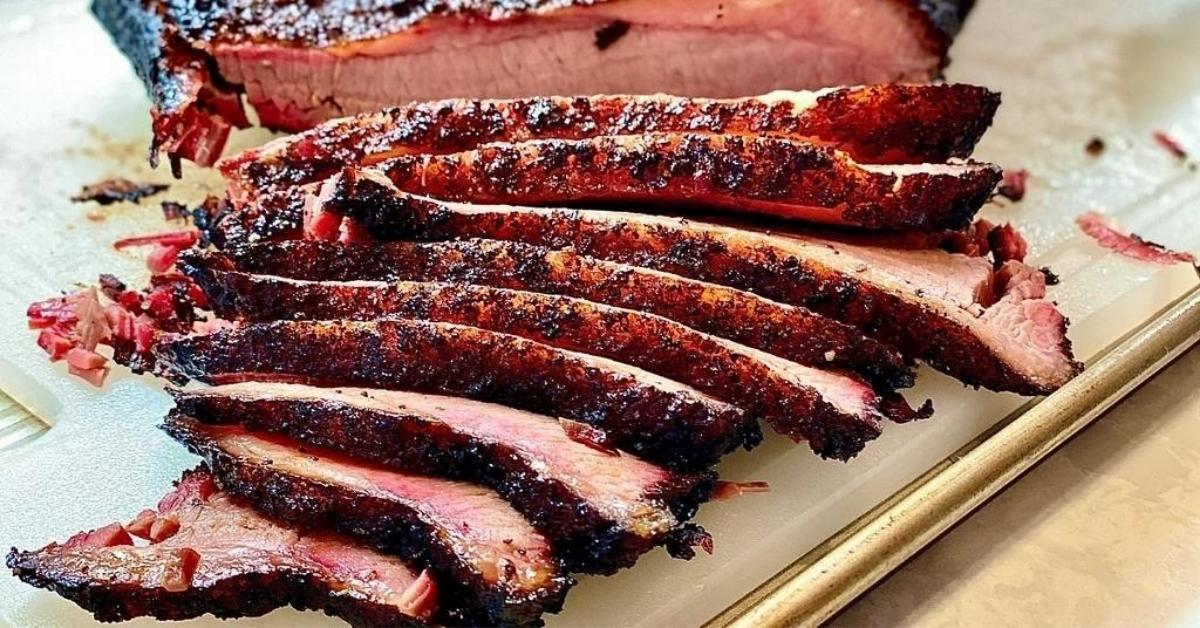
Best on a Pellet Grill
Pellet grills are the ultimate tool for cooking brisket, producing luscious tender meat with a beautiful bark that melts in the mouth and makes taste buds zing. If you haven’t tried eating brisket cooked on a pellet grill you are missing out! If you’ve yet to get your hands on a pellet grill.
